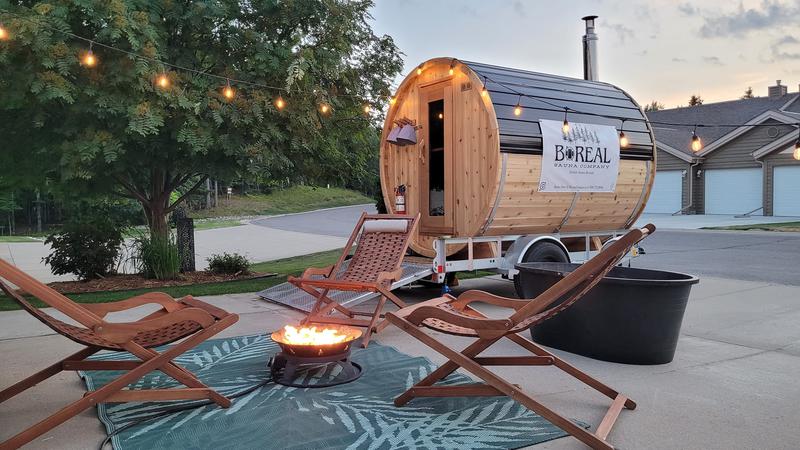
Chief Coroner, RCMP Commanding Officer discuss JSCN inquest recommendations
The recommendations are in from the Coroner’s Inquest into the mass stabbings at James Smith Cree Nation (JSCN) and Weldon.
The inquest in Melfort came to a close Wednesday after the jury and Presiding Coroner Blaine Beaven issued 29 recommendations for various agencies in an effort to ensure such a tragedy never happens again.
Chief Coroner Clive Weighill told reporters after the closing of the inquest that he believed the nearly three-week event went well.
“I believe the truth came out on the factual circumstances of that day, that a lot of people on the First Nation didn’t realize,” Weighill explained. “I think we put together a service to the First Nation, and I think to the general public.”



